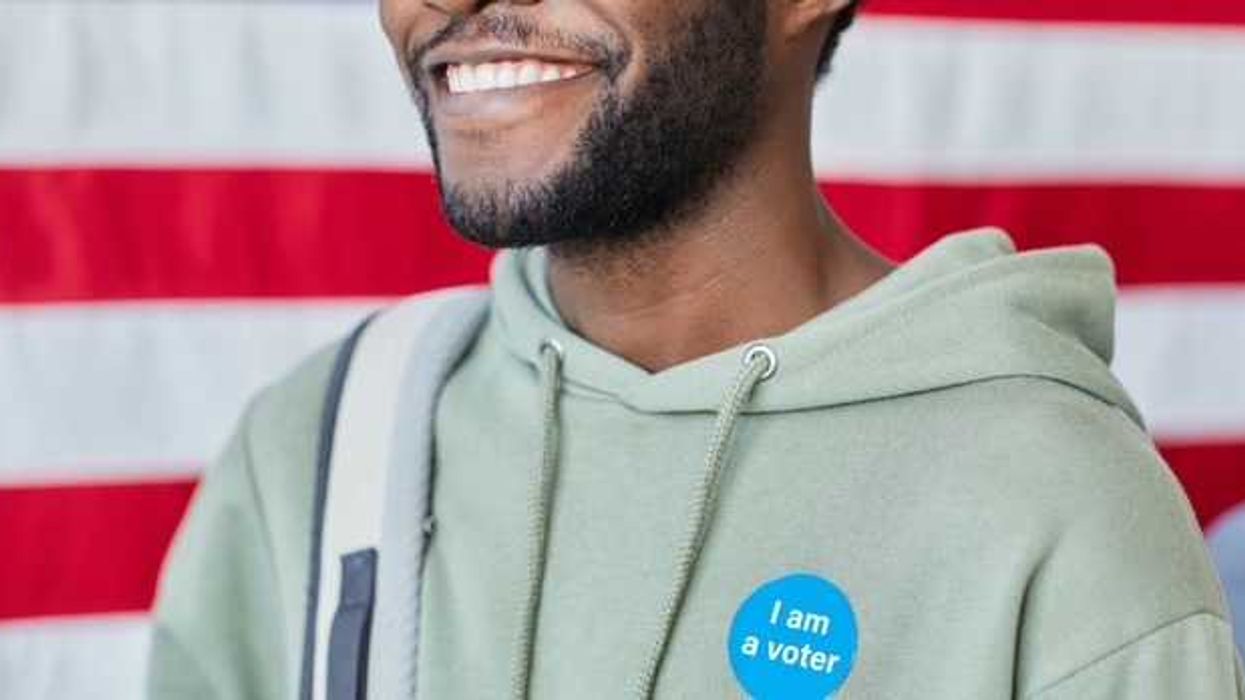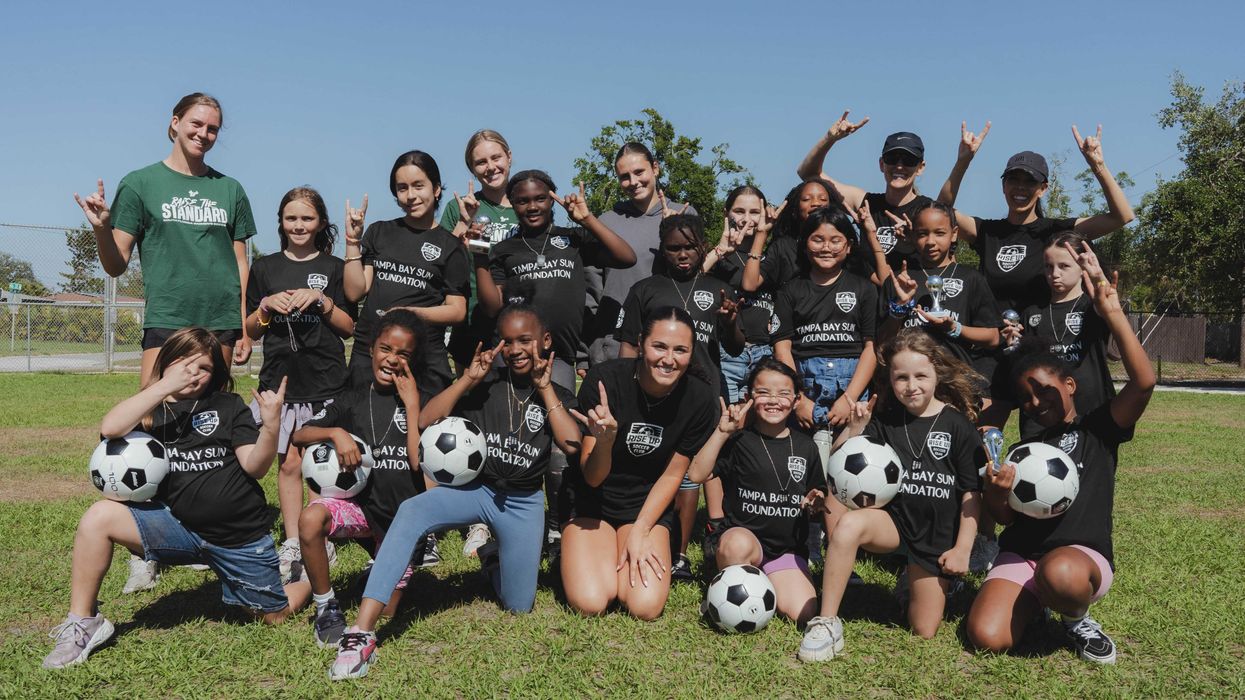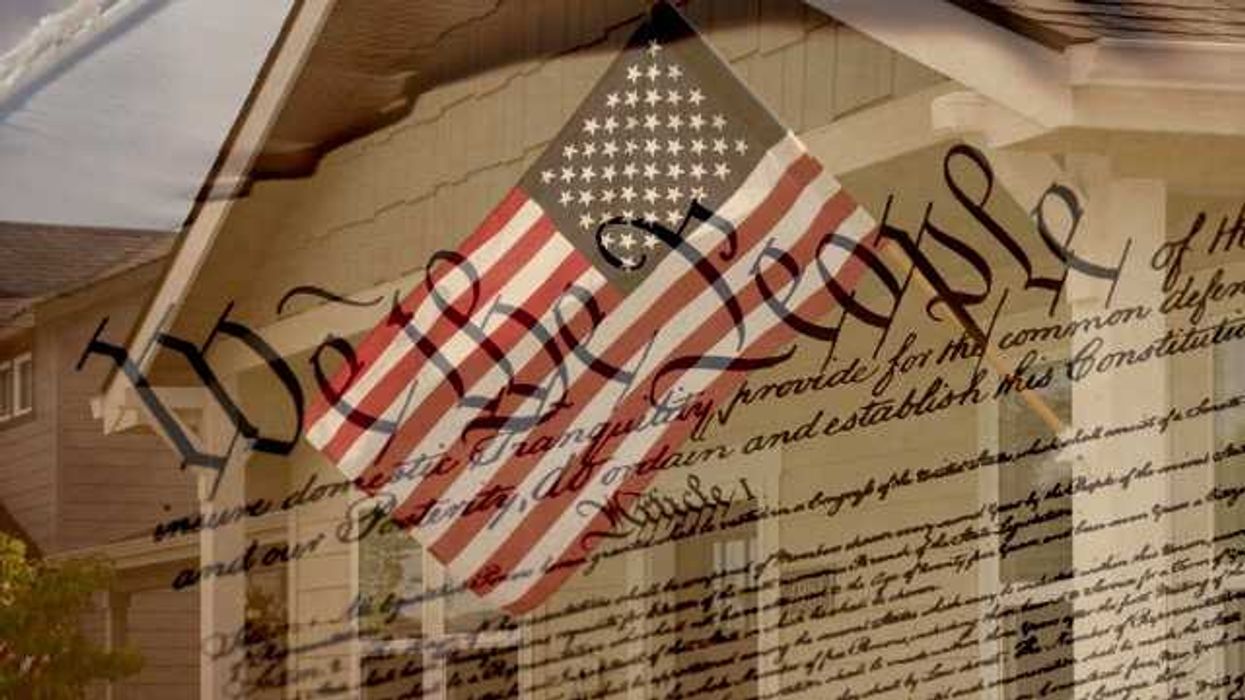As is often the case in U.S. elections, Black voter turnout will be crucial this fall. Voters in heavily Black cities like Atlanta, Georgia, and Charlotte, North Carolina, will decide whether to re-elect their Black mayors. In New Jersey and Virginia, Black voters will exert a powerful influence in gubernatorial and state legislative races, among other races around the country.
However, to drive voter turnout within these communities, it’s imperative to recognize that in Black communities, voting is often a declaration of Black joy and a commitment to show up for one another. It’s a celebration of the power of every individual and of the collective, as well as a remembrance of those who fought for enfranchisement. And despite the increasingly fraught environment of modern elections, generating a celebratory atmosphere that evokes these positive emotions encourages political engagement—and voter turnout.
As we document in our new book, Party at the Ballot Box, using packages of celebratory and educational materials to cultivate Black joy motivates Black turnout. Black voters, and especially Black women, are repeatedly told that their votes are important and are urged to turn out to vote. This project was more than that. It wasn’t reminders to vote with the usual message about civic duty. The packages didn’t talk about dire threats to democracy or the power of Black voters to influence election outcomes.
They were, instead, a party in a box: noisemakers, candy, confetti, and coloring books with crayons. They were boxes of Black joy focused on individual communities: posters and t-shirts that declared “I love Baltimore so I vote” and reminders of local civic pride like “Detroit vs. Everybody.”
This campaign, Party at the Mailbox, first emerged during the COVID-19 pandemic, when it was piloted in Baltimore by Black Girls Vote founder Nykidra Robinson and Baltimore Votes co-founder Sam Novey. And the pilot showed immediate promise. In the June 2020 primaries, turnout was 31.4 percent among low-propensity voters in households that received a box, compared to just 19 percent among low-propensity voters in households that requested one but weren’t randomly selected to receive one.
In subsequent elections from November 2020 through November 2024, we expanded our project to other Black-majority cities, including Atlanta, Detroit, Philadelphia, and Richmond. We sparked joy among voters and increased turnout. In Richmond in November 2022, turnout among Black women randomly selected to receive a Party at the Mailbox package was 83.3%, almost two percentage points higher than in the control group at 81.4%. In Detroit in November 2022, the turnout among Black women who received packages was 64.8 percent, compared to 63.8 percent in the control group. In Philadelphia in November 2024, the packages increased turnout by 4.5 percentage points, from 64.8% to 69.3%. Especially in local elections where the margins can be razor-thin, any percentage increase in voter turnout can impact the results.
One Black mother from Baltimore noted the importance of encouraging voters to turnout, saying that community organizations like Black Girls Vote know how to “rally people to come in and just make great efforts.” She said the packages reflected an understanding of the importance of voter education in voter turnout, stating that Black Girls Vote “understand[s] how their influence in the polls will make a difference.” Another voter told us how they used the contents of the box as their “own little marketing tool” to reach out on social media and remind friends to vote.
Contrary to noticeable reminders or social pressure messaging, both popular methods in the voter mobilization space, we call this the Voter Community Celebration Model—a get-out-the-vote method where the individual is acknowledged and intentionally celebrated as an active participant in American democracy as a voter, regardless of party affiliation.
In addition to increasing turnout, the project made voting fun. People expressed joy in being recognized as a community member in a city they loved, even as they noted the economic and political challenges facing them.
A 45-year-old Black mother of two from Atlanta told us that the project made her feel like she and people in her community were being celebrated for their voting efforts. “It was the first time in my lifetime to see people so excited about just coming together to make a change.”
A 42-year-old Black woman from Philadelphia told us that receiving the package made her feel like part of a historical moment “with the element of fun behind it.”
Elaine Nichols noted in 2023 that Black joy has always served as an act of “resistance, resilience, and reclamation”. From enslaved women participating in outlaw parties to Black social media groups resisting subjugation by building online communities, joy has consistently been a significant factor influencing Black political participation.
Despite the sometimes hostile and often polarizing nature of recent election cycles, celebrations can still bring people together to encourage the prosocial behavior of voting as an expression of community power and joy.
Joy matters, and we saw the effect of that joy in our research. We do not doubt that joy will also matter this November.
Melissa R. Michelson is Dean of Arts & Sciences at Menlo College.
Stephanie L. DeMora is Assistant Professor of Political Science at Stony Brook University.
Sarah V. Hayes is a PhD student at Georgetown University.



















 Shannon Gormley, Rhode Island Public Schools
Shannon Gormley, Rhode Island Public Schools Les Sinclair, Blue Ridge Area Food Bank
Les Sinclair, Blue Ridge Area Food Bank Elena Casillas Hoffman,
Elena Casillas Hoffman, 
 Darrious Hilmon, Executive Director, CAN-TV
Darrious Hilmon, Executive Director, CAN-TV